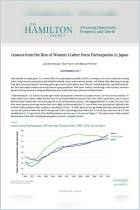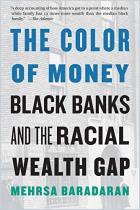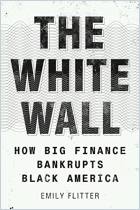加入 getAbstract 阅读摘要

加入 getAbstract 阅读摘要
Kriston McIntosh, Emily Moss, Ryan Nunn and Jay Shambaugh
Examining the Black-White Wealth Gap
Brookings Institution, 2020
看看什么内容?
Wealth gaps between white and black Americans are large and consistent over time and circumstances.
Recommendation
Policy experts Kriston McIntosh, Emily Moss, Ryan Nunn and Jay Shambaugh illustrate how the wealth gap between white and black Americans persists. Their research shows that the intergenerational transfer of wealth carries the greatest weight in explaining the inequity, and they cite potential remedies through reforms to the tax code and changes in public resources. Readers seeking a broad overview of the economic impacts of systemic racism will find this a worthwhile guide.
Summary
About the Authors
Kriston McIntosh and Emily Moss are Hamilton Project executives at the Brookings Institution, where Jay Shambaugh is a senior fellow. Ryan Nunn is an assistant vice president at the Federal Reserve Bank of Minneapolis.





















Comment on this summary